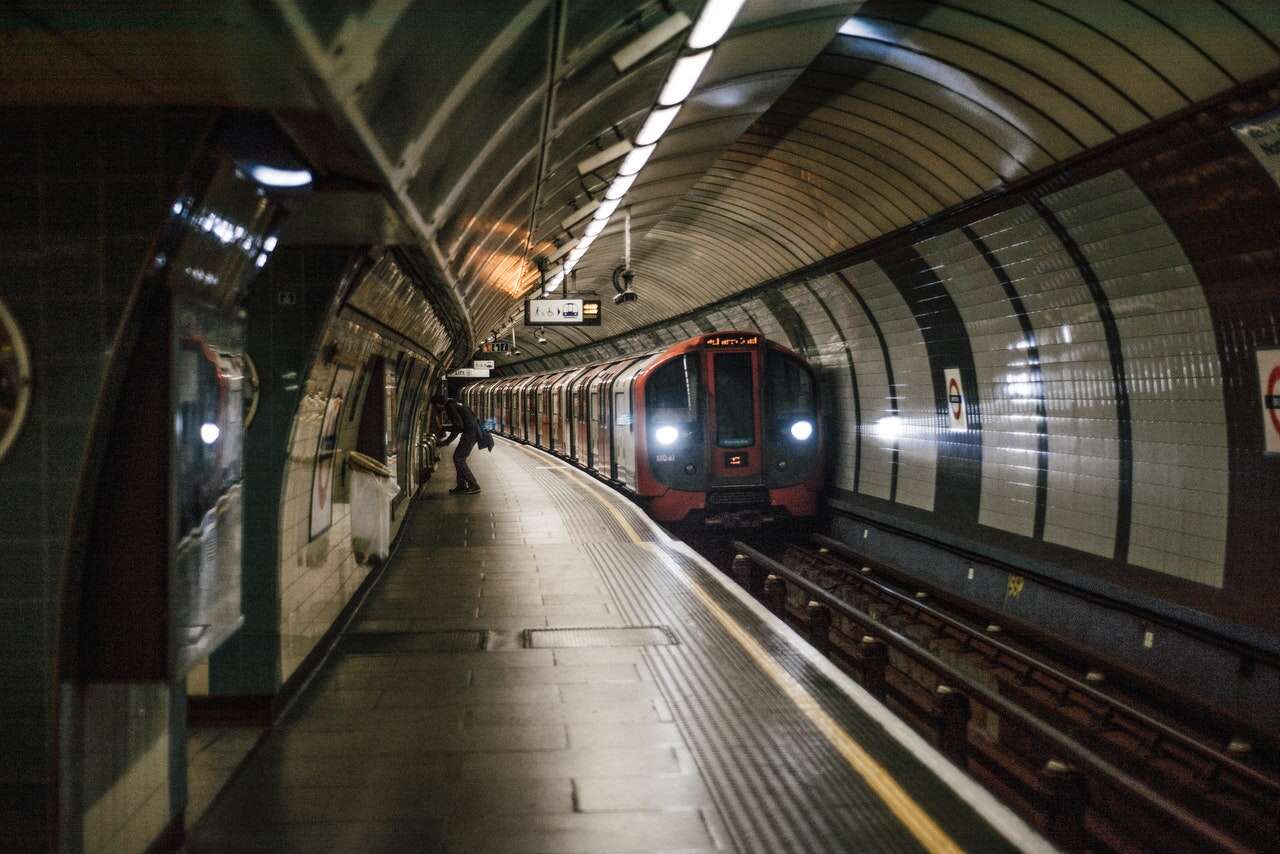
Some, like Mill Hill East, are reached by soaring viaducts, carrying the tracks a reasonable 60ft above ground level. Others, like Westminster, harbour vast cavernous halls with escalators plunging ever further into the depths of London. But what is the deepest London Underground station?

Given the name, the startling thing is that it’s not actually underground all that much. Only 40% of it is actually below ground, and only two lines – the Victoria and Waterloo & City – are entirely below ground.
Others, such as the Metropolitan and the District, only spend a relatively short proportion of their lifespan underground, with vast expanses stretching out into the west, north-west, and east of suburbia.
How do you work out the deepest Tube station?
As ever on City Monitor, this very quickly denigrates into an argument about the terms of the question – so it makes sense to run through the different possible answers, namely:
- depth below sea level
- depth below ground level
- station depth
- platform depth.
The deepest station below sea level
If you take the average depth below sea level of all the platforms in each Tube station – an important clarification – London Bridge comes out on top (bottom). Its platforms are, on average, 22m below sea level.
Likewise, Southwark follows at 21m, Elephant & Castle at 18m, followed by Pimlico at 16m below sea level on average.
But seeing as some stations have very shallow platforms on lines like the District and Circle, alongside very deep platforms on lines like the Central – think of the annoyance of changing at Notting Hill Gate or King’s Cross St Pancras – the average depth in one station probably isn’t all that useful.
This brings us to the deepest single platform.
The eastbound and westbound platforms of the Jubilee line at London Bridge make a good showing, with both coming in at 23.2m below sea level.
Southwark, just next door, makes an effort, but can’t really compete at 20.5m below sea level on its two Jubilee line platforms.
Common knowledge, and Google search, has it that Westminster has the Tube’s deepest platform – but according to TfL’s own figures that’s not the case.
While the westbound Jubilee Line platform at Westminster is very deep – at 25.4m below sea level – it’s beaten to the top (bottom) spot by Waterloo next door.
Both the eastbound at westbound Jubilee platforms at Waterloo are 26m below sea, making them the deepest Tube platforms on the network.
The deepest station below ground level
But then again, with conjecture being the order of the day – who really cares how far below the sea the deepest Tube station is? What we really want to know is how far below ground level it – a question that renders a completely different result: Hampstead.
Because the northern line station there sits on the picturesque but thigh-aching Hampstead Hill, the Tube platforms may not be that far below sea level, but they are an awful long way below the ground.
The southbound platform is about 0.8m deeper than the northbound platform, according to TfL figures, but they’re both about 58.5m below ground level.
Sea level? Ground Level? Station? Platform? It’s up to you to decide which is the most useful answer.
[Read more: How Crossrail is affecting house prices in London’s suburbs and commuter towns]






